Sailing to Philadelphia to mix yourself
Today I want to feature a little software that was available as a free dowwnload on the official Mark Knopfler site some years ago. It is a flash mixer with individual tracks of the song Sailing to Philadelphia, in other words, a software mixer that does not only allow to listen to the individual instruments but also to adjust the volume of these. For this reason it was described as “Anatomy of a track”.

You only need to download one file (mixer.exe) and simply start it on your computer (it requires flash), the individual sound files for each track are already included. Unfortunately the sound quality is not very good due to a heavy compression, and it is only the first two minutes of the song. You will see individual mixer channels for drums, lead guitar, vocals (both Mark Knopfler and James Taylor on the same track), acoustic guitar, bass, and another track for both keyboards plus pedal steel guitar.
It is fun to mix the tracks as you want, and it is very interesting to hear the tracks alone. As effects are already included for each track, you can hear details like the reverb or delays on the lead guitar. And of course it is great to figure out what Knopfler actually plays. Unfortunately the tool does not allow fast forward / backward, so you always have to start from the beginning again.
A real gem is the acoustic guitar, a fingerpicking played by Knopfler that was later overdubbed. Note how his unique way of playing adds so much rhythm and groove to the song, something that unfortunately was never recaptured on live performances of this song. I also tried to play a similar picking on the video I made for another article of this blog, so you might want top check out this one again to see the fingering.
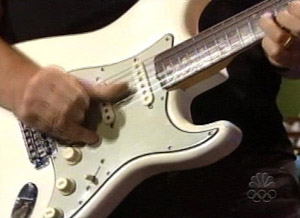
The lead guitar was the white ’64 Stratocaster that Knopfler played also on stage during the Sailing to Philadelphia tour. You can clearly hear reverb, compression and delay on this track, also note the deep bass, and the percussice attack.
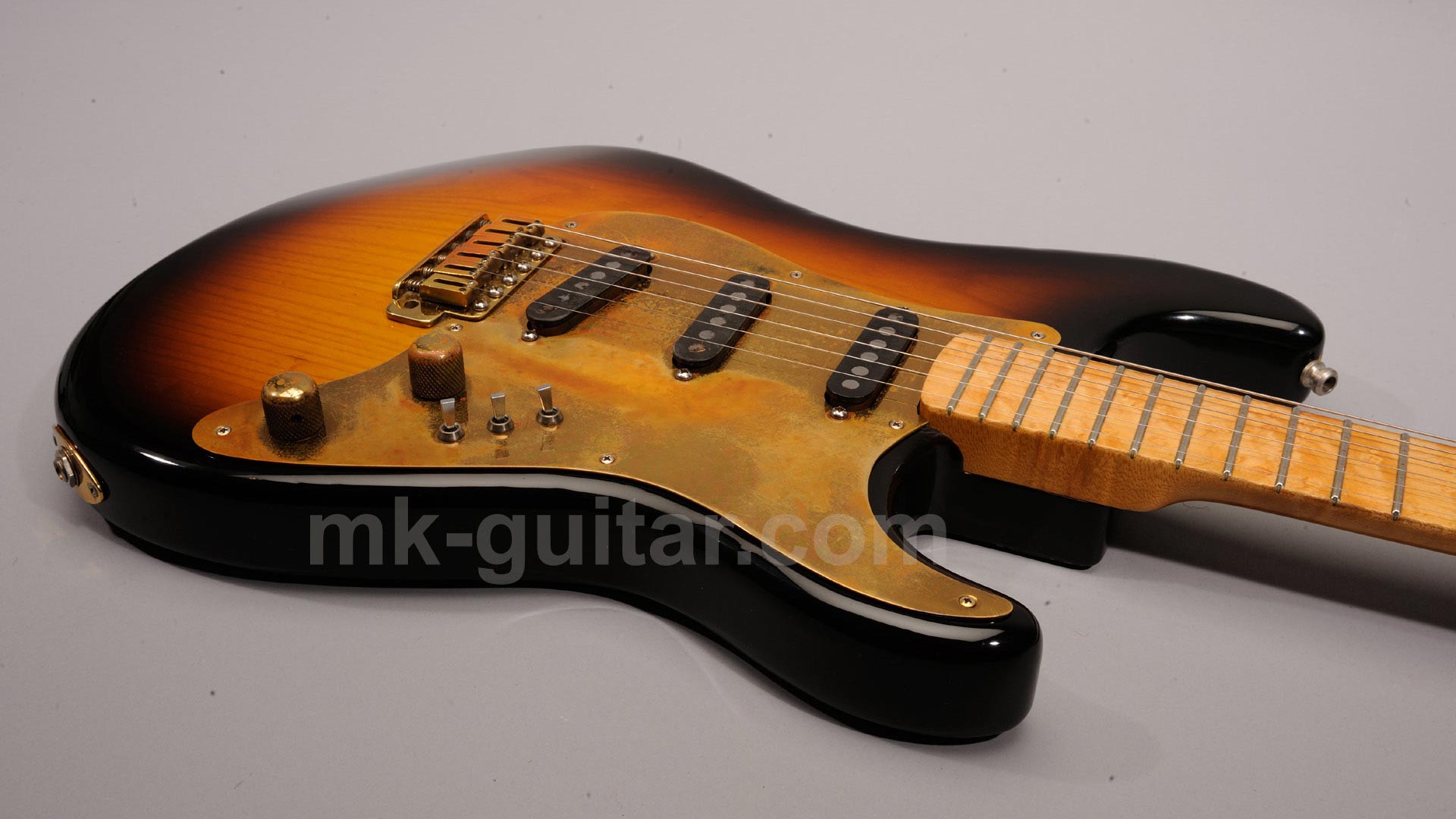
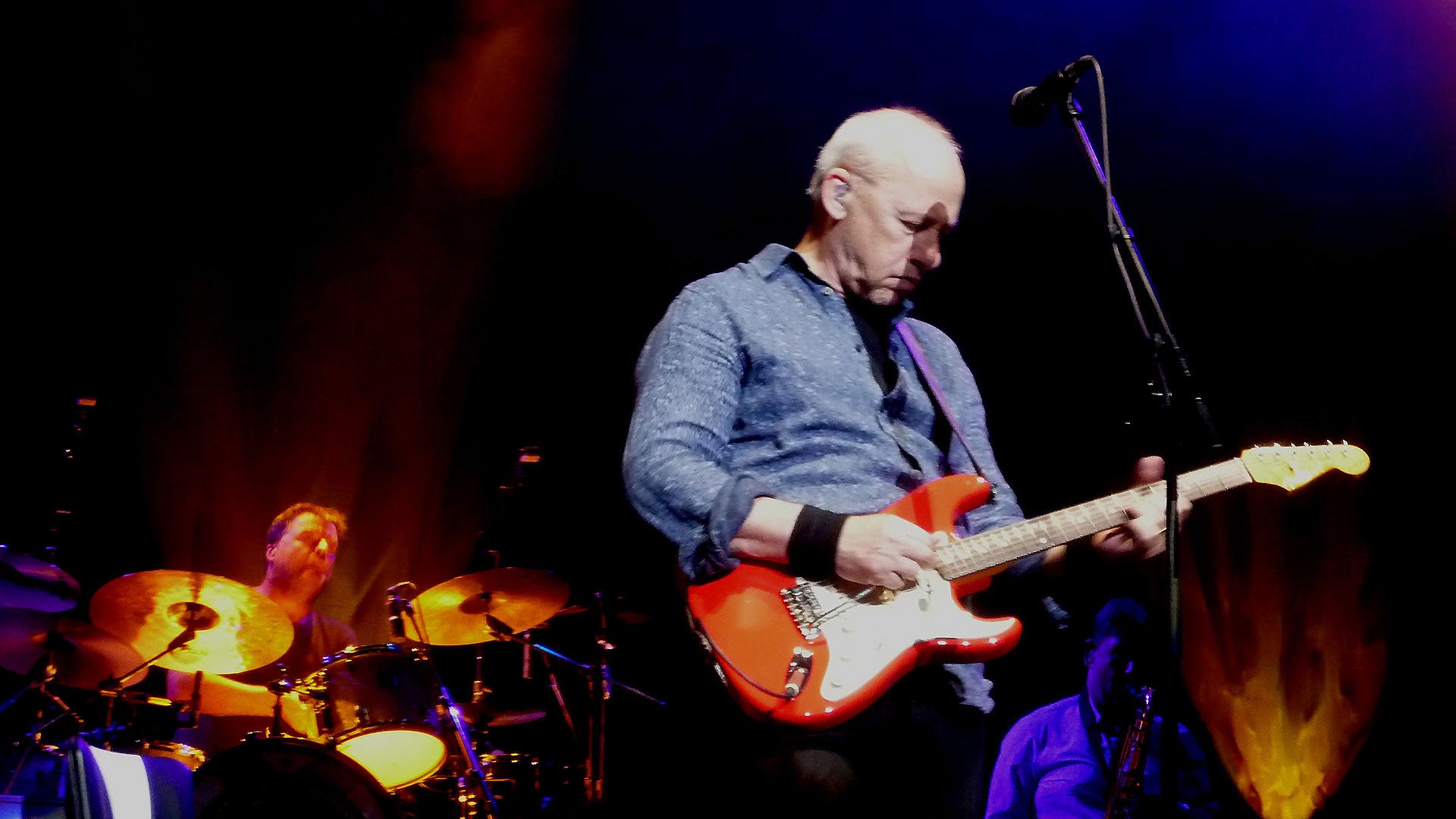
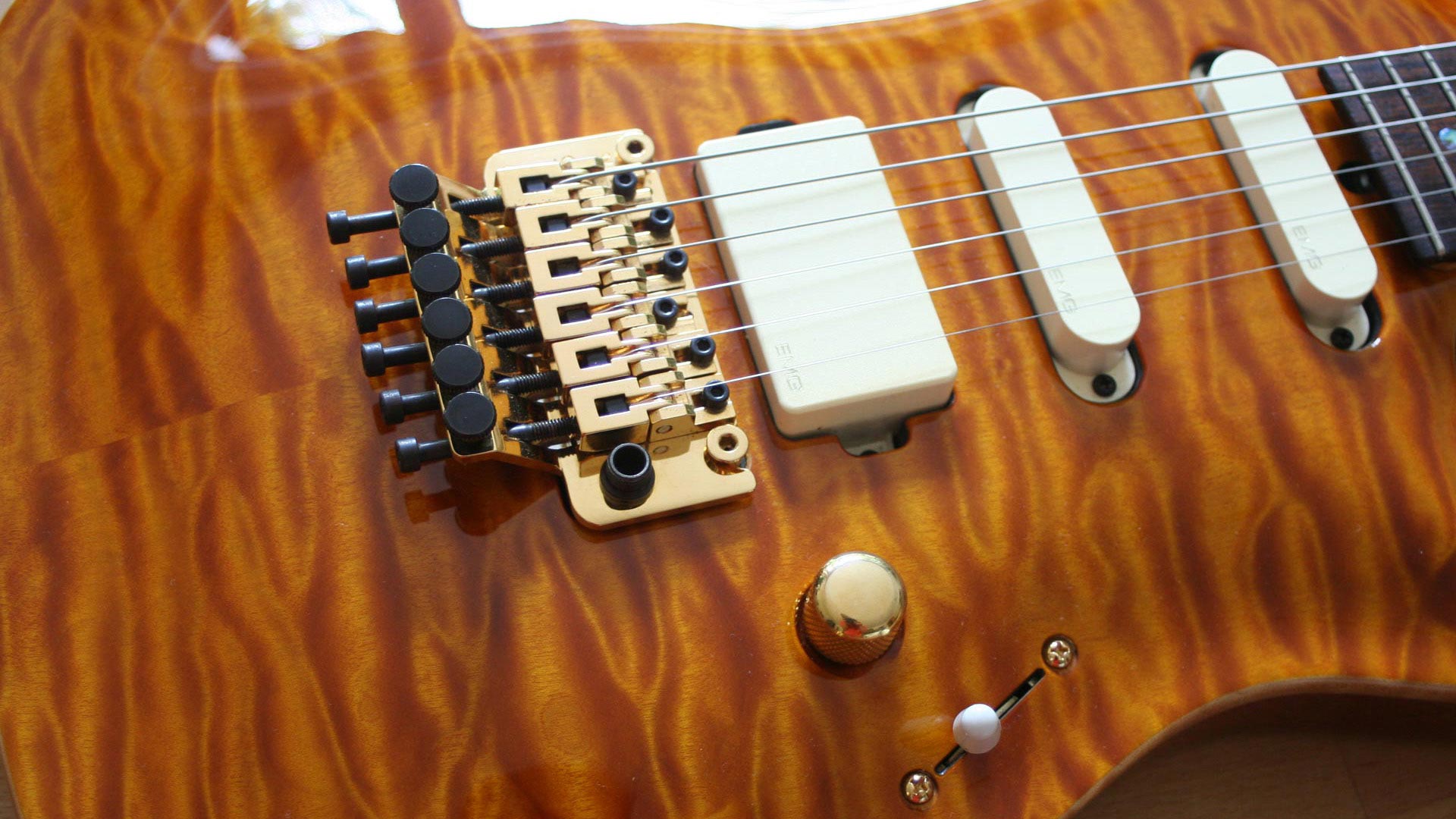
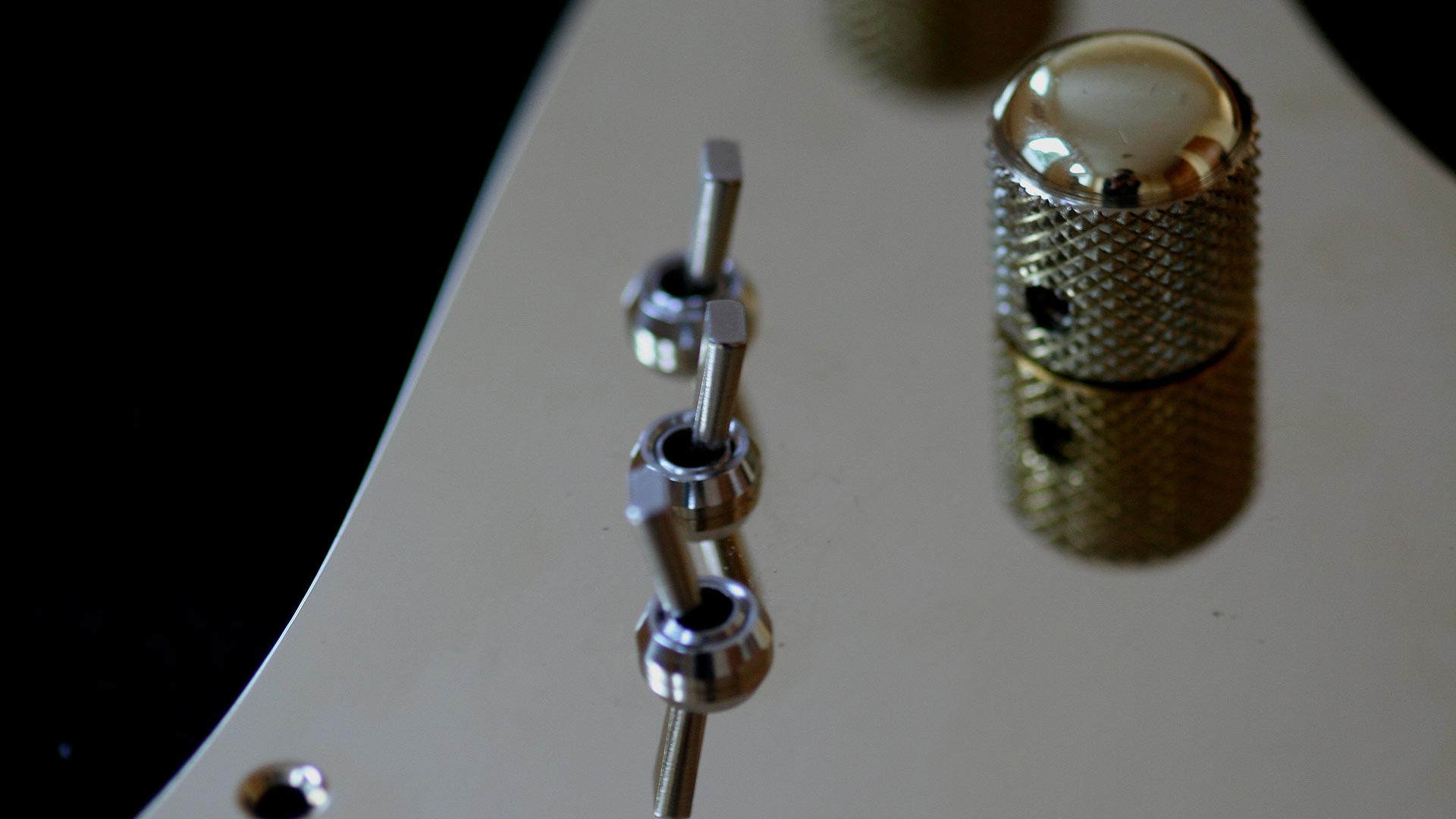
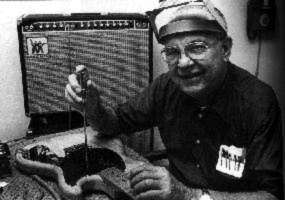
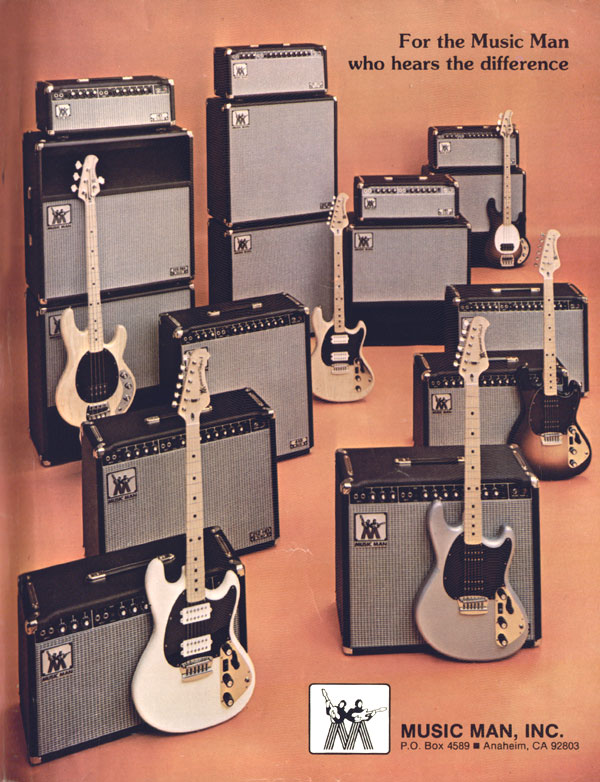
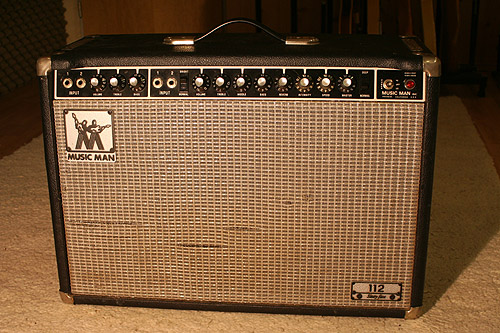
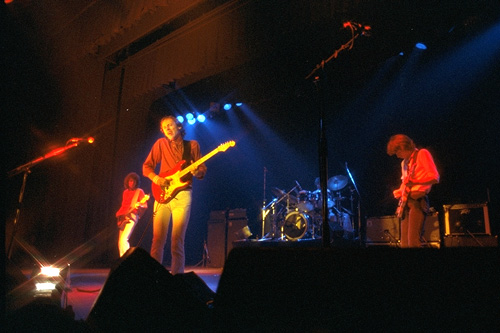
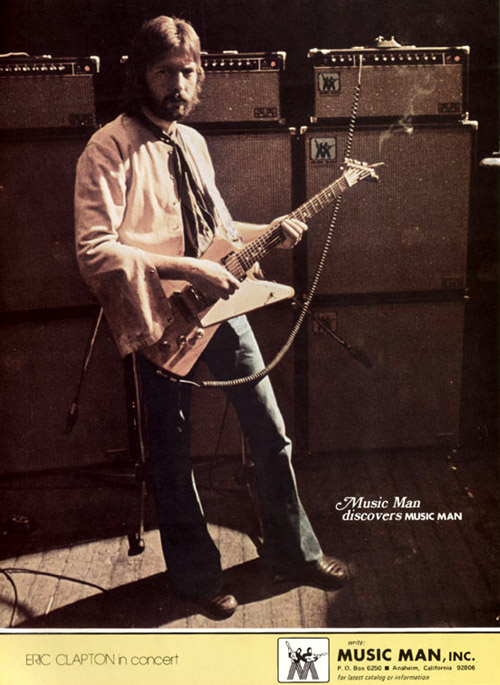
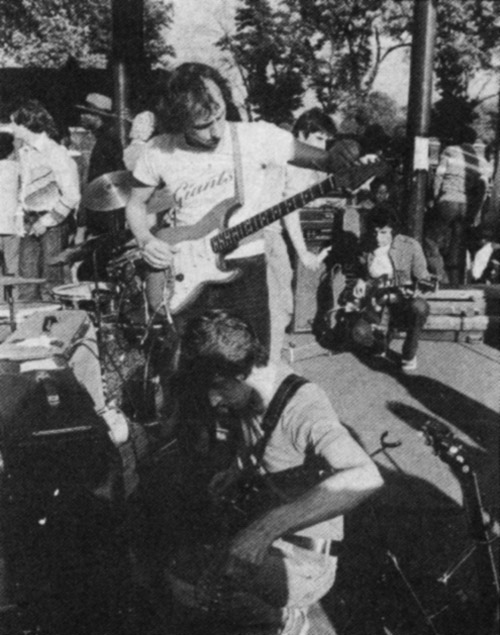
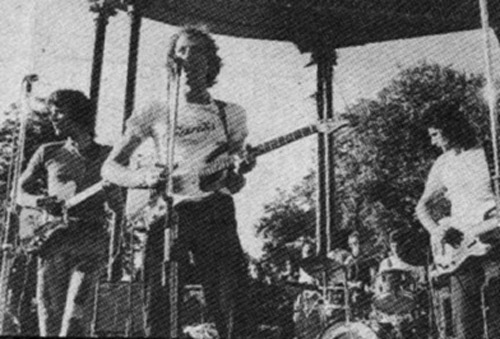
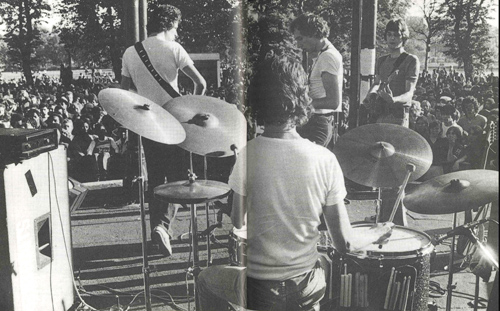
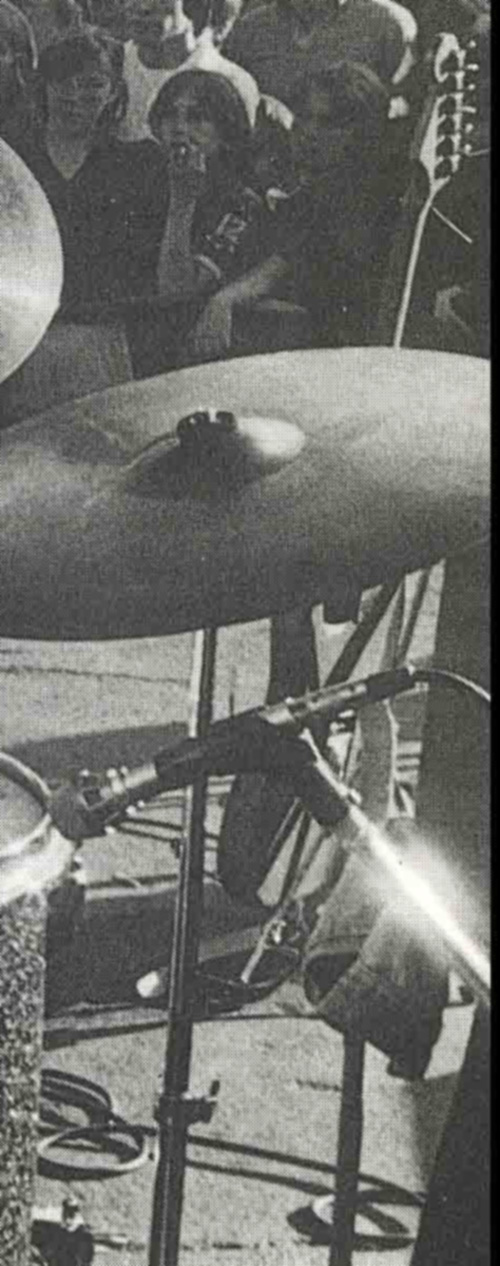
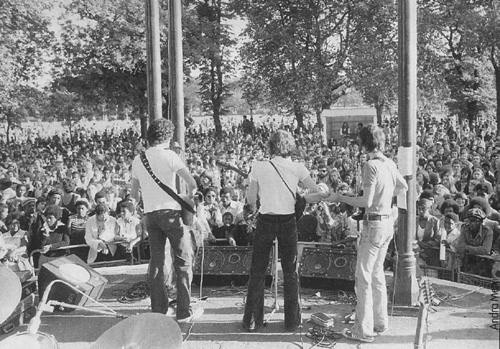
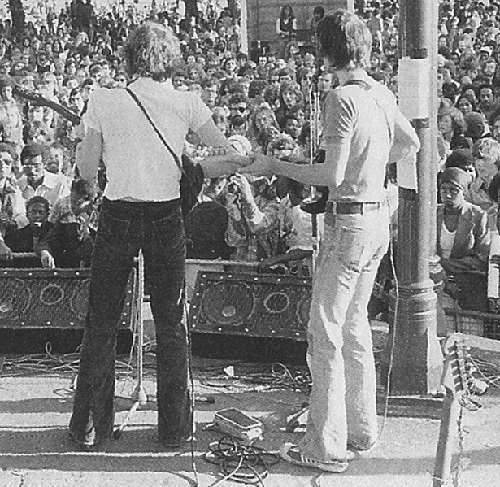
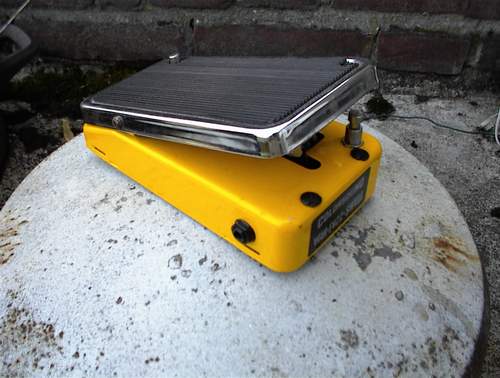
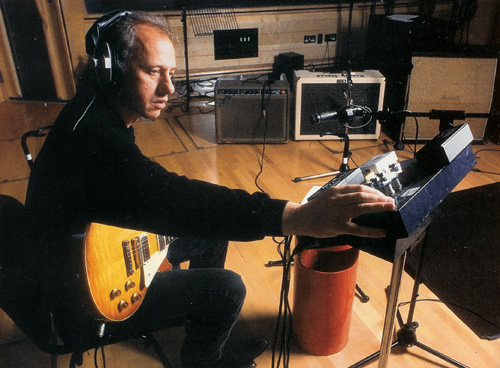
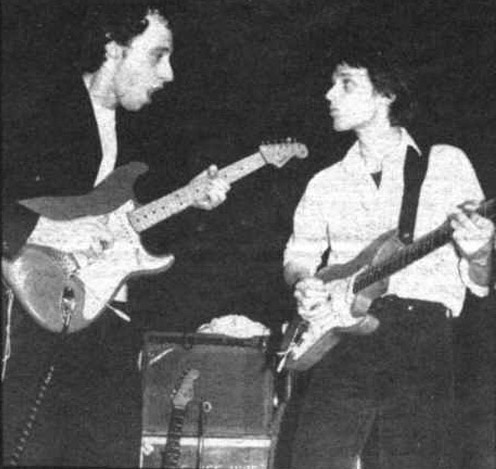
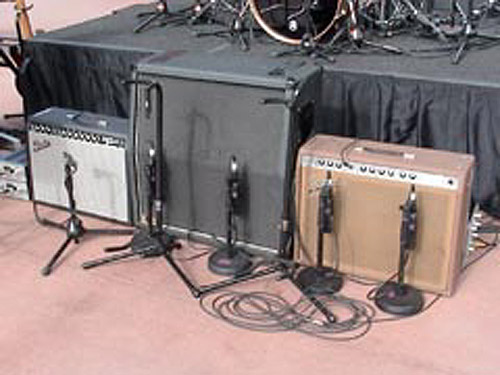

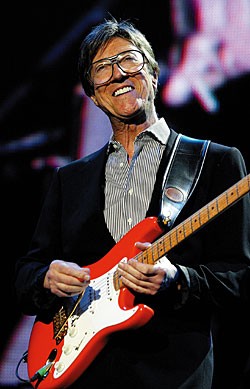
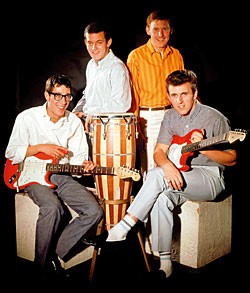
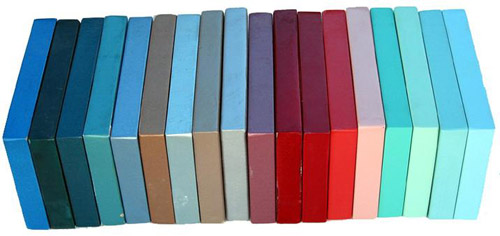
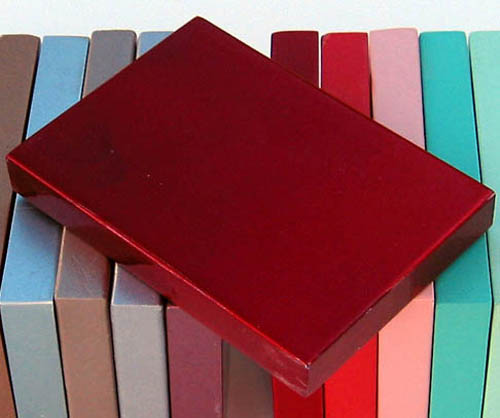
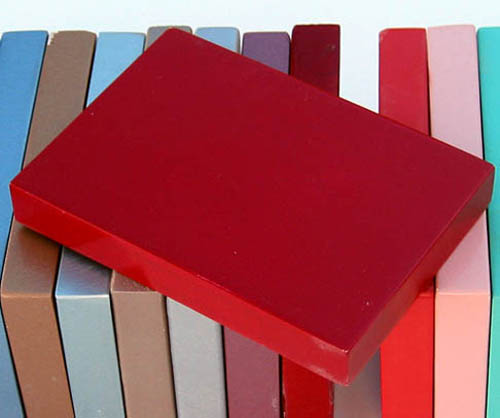
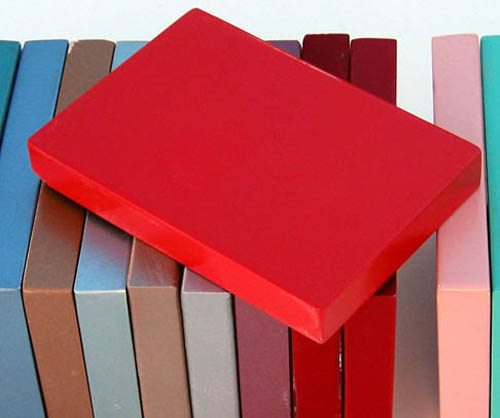
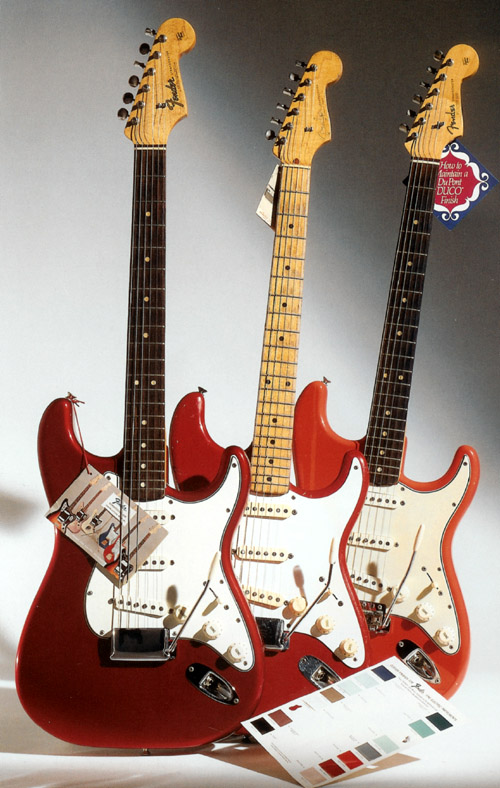
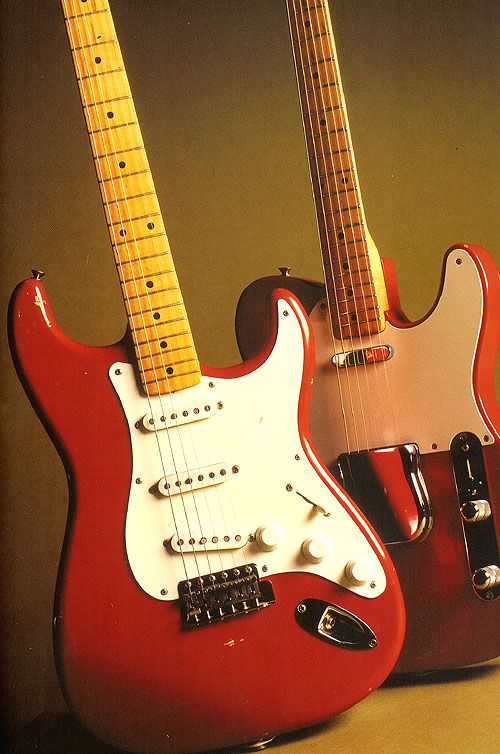
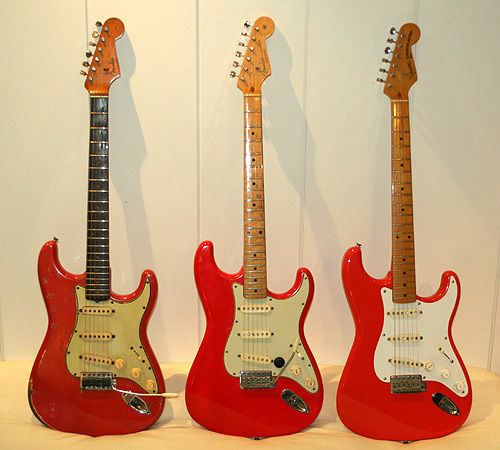
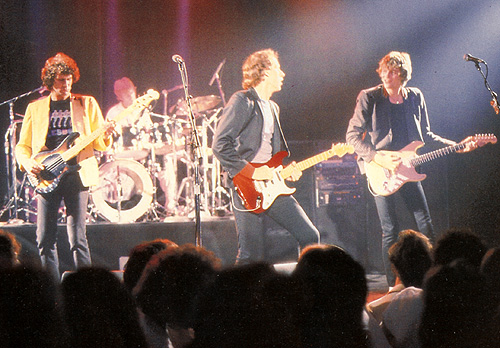
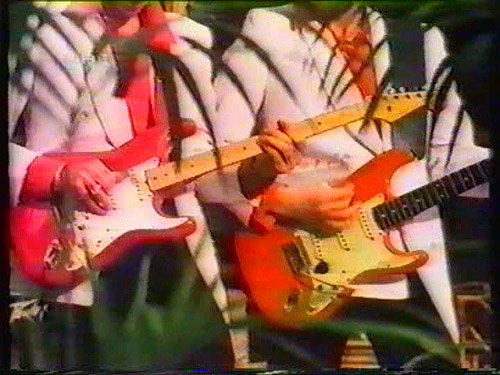
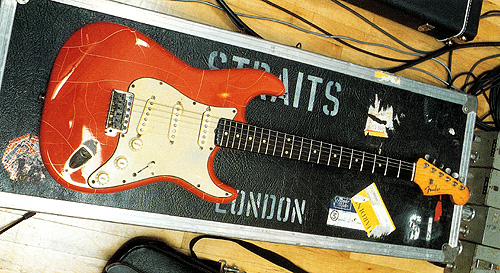
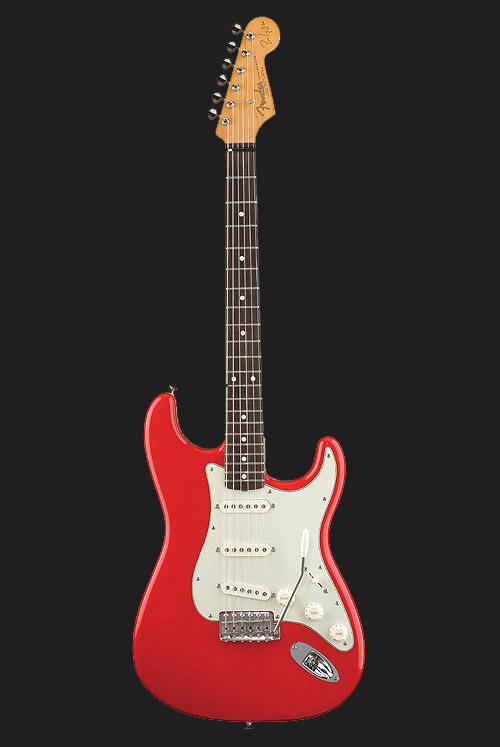
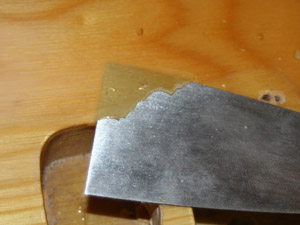
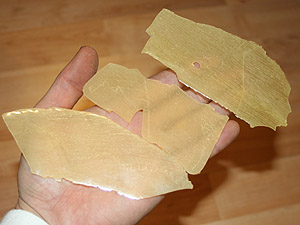
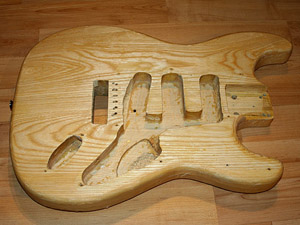
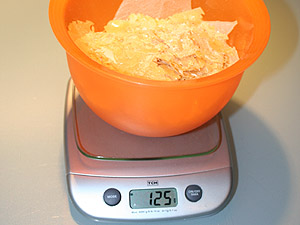
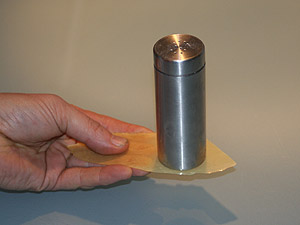
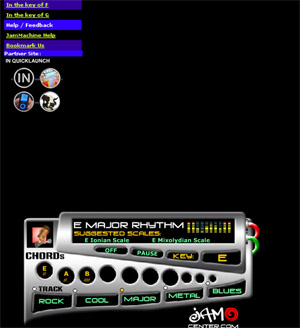 I recently surfed into a nice site called
I recently surfed into a nice site called